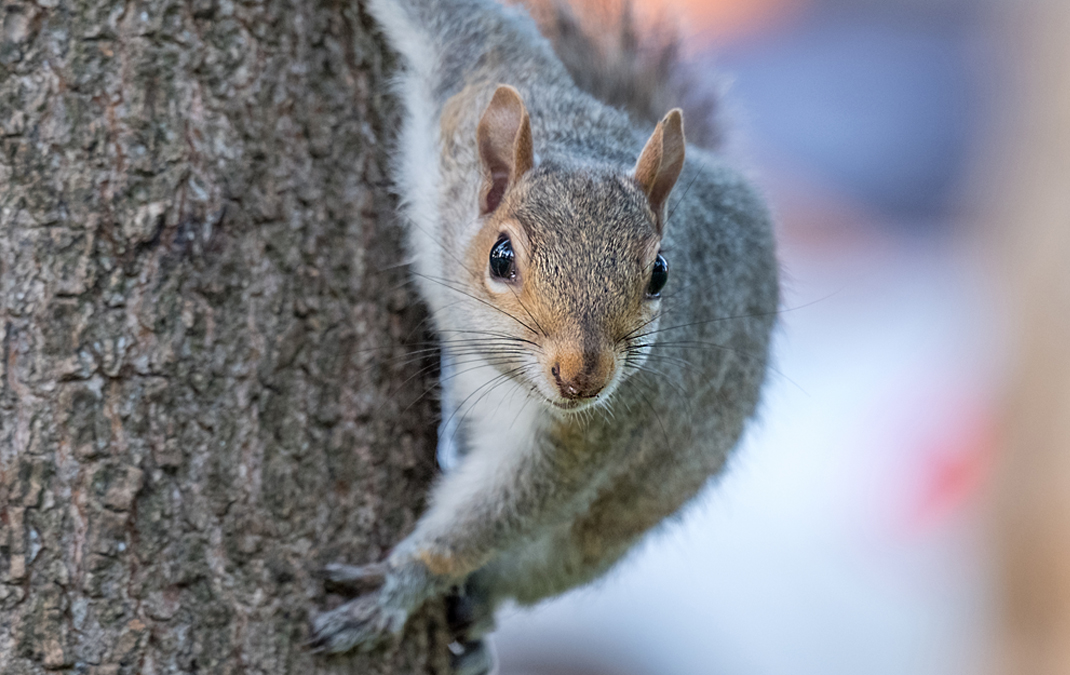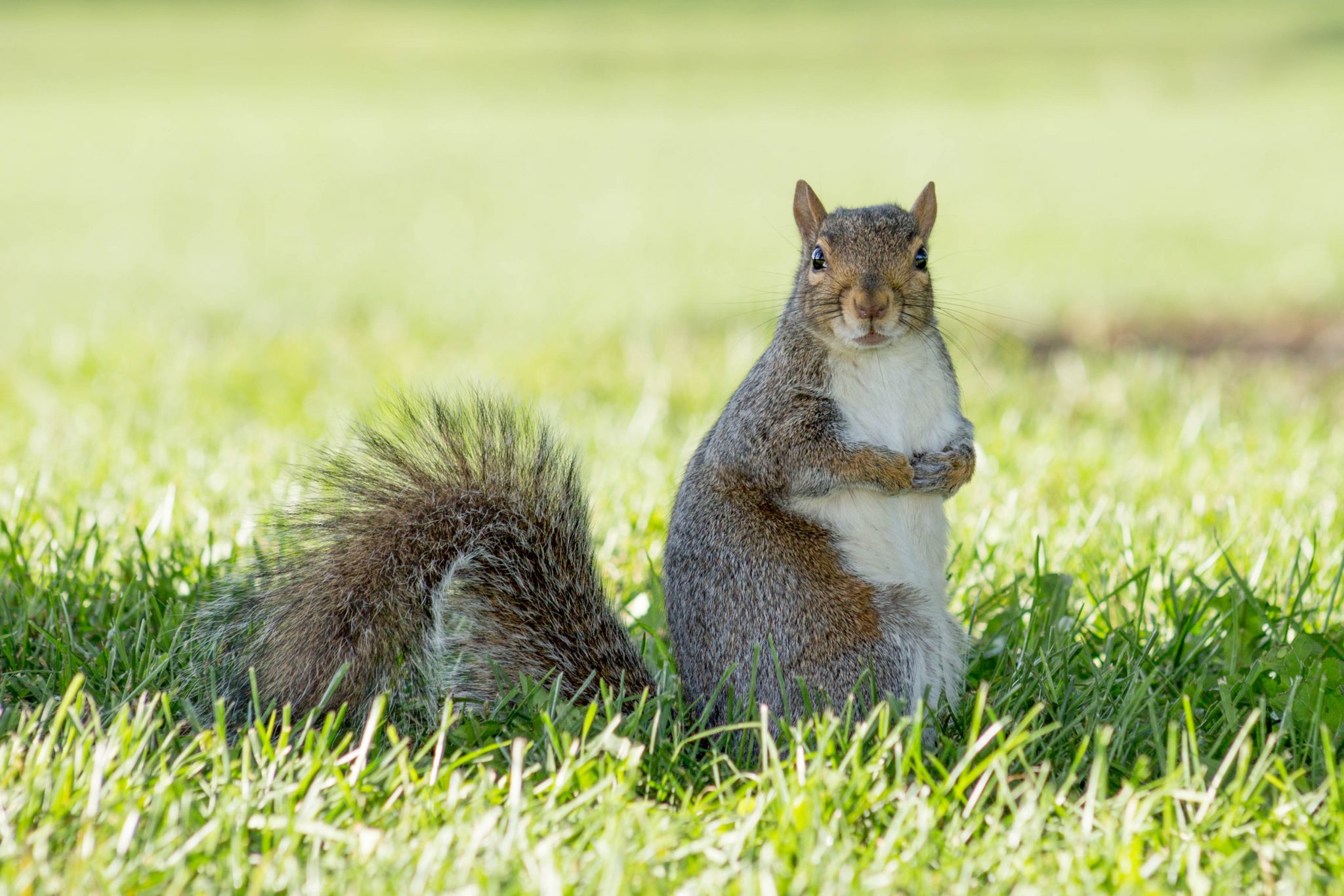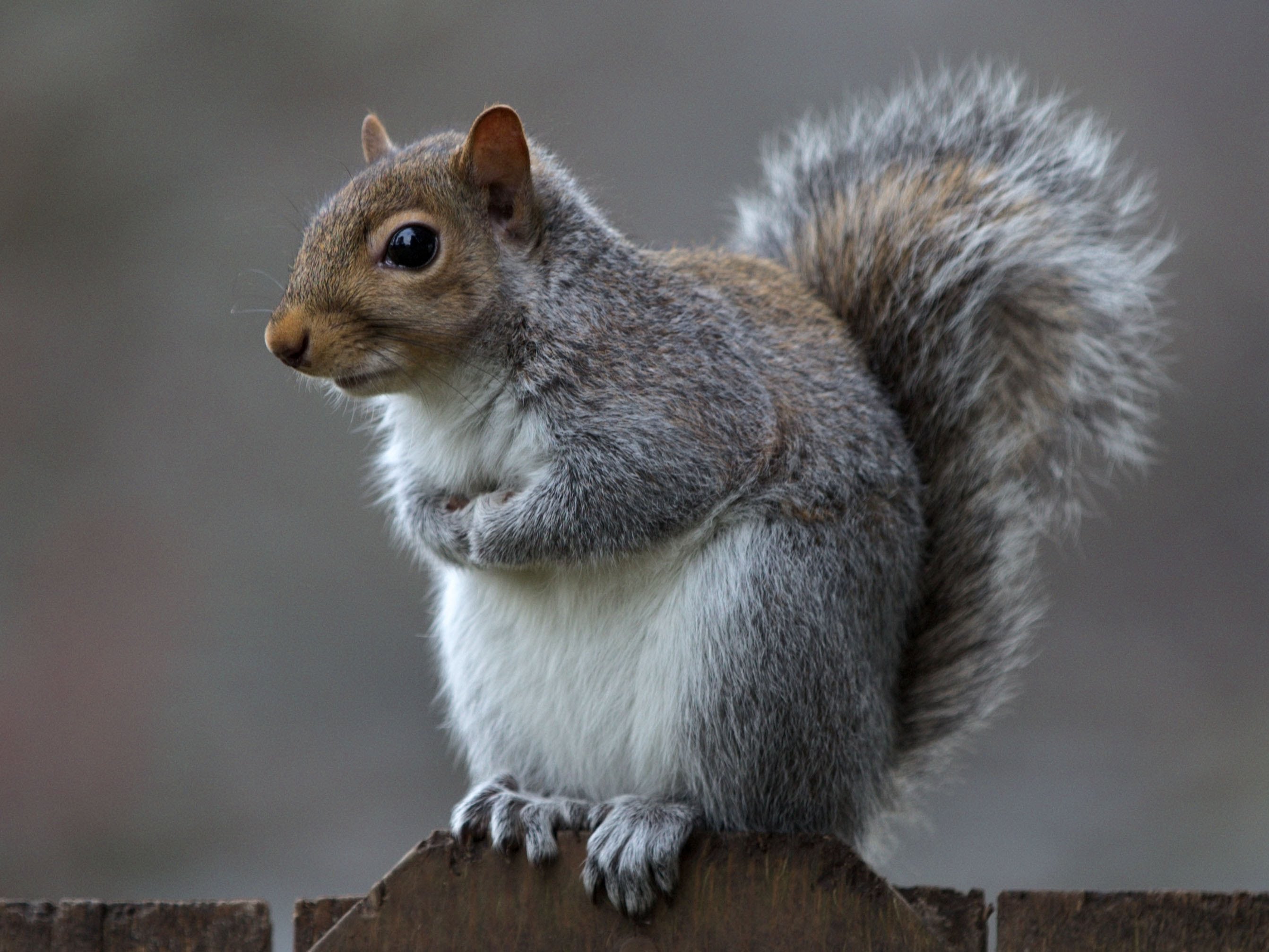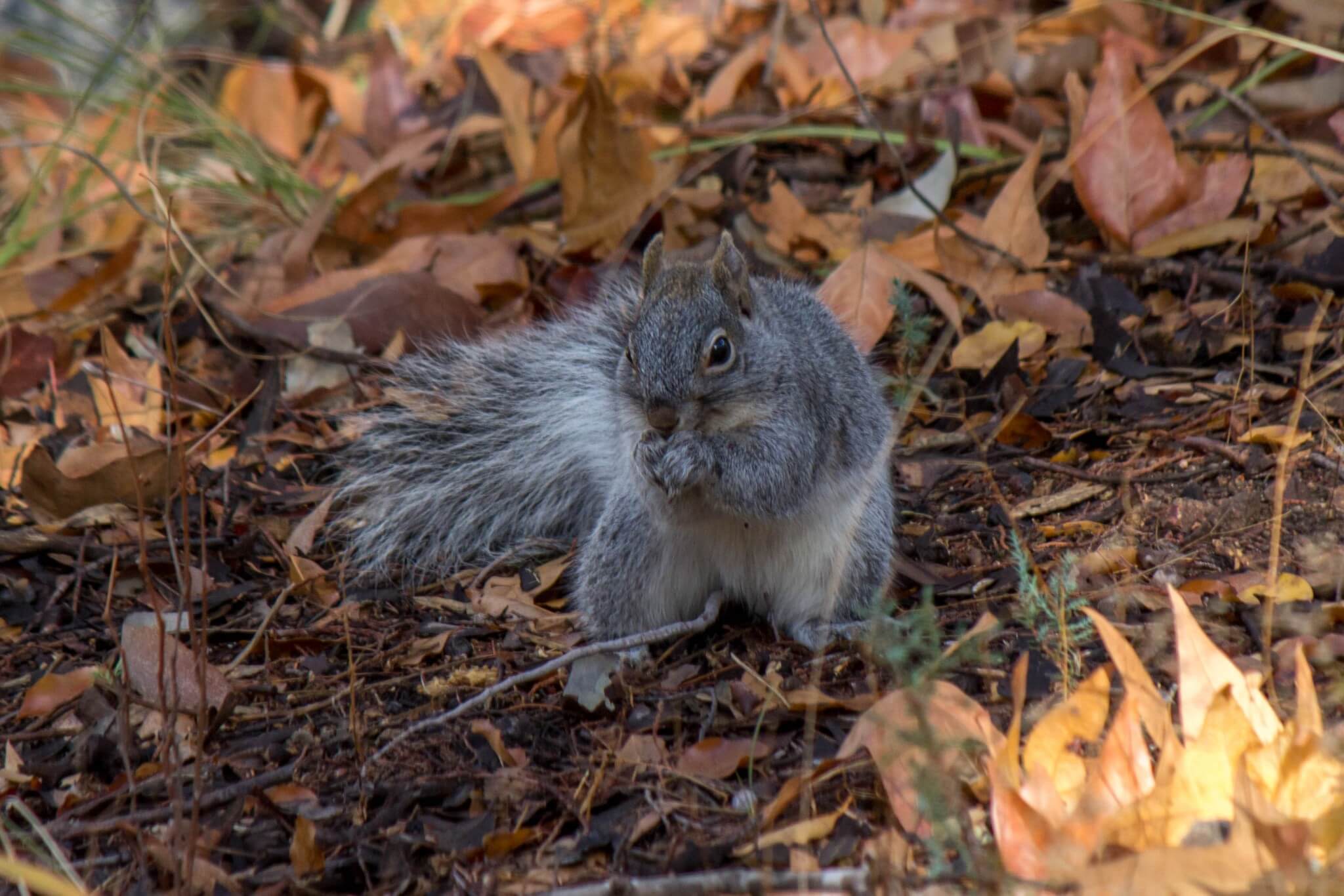

Marra PP, Griffing S, Caffrey C, Kilpatrick MA, McLean R, Brand C, Saito E, Dupuis AP, Kramer L, Novak N.West Nile virus - where did it come from and where might it go?. West Nile virus infection in free-ranging squirrels in Illinois. Heinz-Taheny KM, Andrews JJ, Kinsel MJ, Pessier AP, Pinkerton ME, Lemberger KY, Novak RJ, Dizikes GJ, Edwards E, Komar N.Pathology and tissue tropism of natural West Nile virus infection in birds: a review. Comparative pathology of West Nile virus in humans and non-human animals. Wildlife population impacts: Local and regional population impacts have been documented in highly susceptible bird species, including American Crows ( Corvus brachyrhynchos) and Great-horned Owls ( Bubo virginianus). Human infection is typically through a mosquito vector rather than through direct or indirect contact with infected wildlife. Public health concerns: Due to its zoonotic nature, WNV is a public health concern. Serology can be performed to document the production of antibodies, indicating exposure. Lymphohistiocytic dermatitis is reported in WNV-infected American alligators.ĭiagnosis: Diagnosis can be made through a combination of the presence of neurologic clinical signs, characteristic pathologic lesions, and identification of the virus by PCR or virus isolation. However, microscopic findings of both meningoencephalitis and myocarditis in this gray squirrel from Wisconsin are similar to those reported in WNV-positive gray and fox squirrels ( Sciurus niger) from Illinois. In contrast, reports of WNV infection in mammals, including humans, horses, sheep, and most wild mammals, are typically associated with meningoencephalitis and myelitis, with other systems less often impacted. Ocular involvement is reported in hawks, eagles, and owls. Pathology: In birds, pathologic findings can include lymphoplasmacytic meningoencephalitis, myocarditis, and multisystemic inflammation, including in the kidneys and spleen. Most mammals, including humans, are considered dead-end hosts, lacking levels of viremia sufficient to re-infect mosquitoes.Ĭlinical signs: Neurologic signs are typical of clinical cases, although many avian, mammalian, and human cases are asymptomatic. Transmission: WNV is typically transmitted through a mosquito vector and is maintained through a mosquito-to-bird transmission cycle. American alligators ( Alligator mississippiensis) are also susceptible to WNV infection.

Eastern cottontail rabbits have proven to be susceptible to WNV in laboratory settings and can also develop viremias capable of infecting mosquitoes, but are not known to develop clinical disease. In North America, other wild mammals documented with WNV infection or exposure include the white-tailed deer ( Odocoileus virginianus), Virginia opossum ( Didelphis virginiana), raccoon ( Procyon lotor), striped skunk ( Mephitis mephitis), and black bear ( Ursus americanus). Squirrels may shed WNV in oral secretions and, unlike most mammals, can even infect mosquitoes due to high viremia. Tree squirrels, including eastern gray squirrels, are reported to be among the mammals most susceptible to WNV infection and disease. Host range: Host range is broad and includes many avian species, as well as domestic and wild mammals. Seasonality: In North America, cases occur most often in the summer and fall, corresponding with periods of highest mosquito abundance.


Photomicrographs from an eastern gray squirrel ( Sciurus carolinensis) found dead in Wisconsin, U.S.


 0 kommentar(er)
0 kommentar(er)
